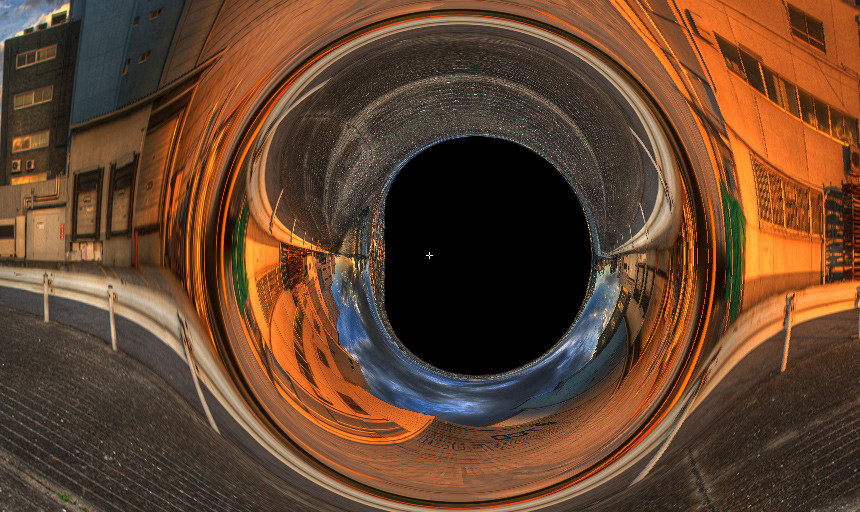This question is only about objects outside the event horizon. Both the observer and the object are just outside the event horizon.
I have read this question:
An observer can see the back side of the neutron star to some extent and can actually see the whole of the neutron star surface if the radius is below 1.76 times the Schwarzschild radius for its mass, $r_s = 2GM/c^2$. See https://physics.stackexchange.com/a/350814/43351 for details and some attempts to visualise this. e.g.
A neutron star with a radius less than $1.5r_s$ would distort a background star field in a similar way to a black hole, including the photon ring at an apparent radius of $2.7r_s$ caused by unstable circular photon orbits at $1.5r_s$.
Neutron star accurate visualization
Now based on this answer, the neutron star can bend light similar way to a black hole in certain cases, and using visible light, the whole surface might be visible, which means we can get information from the other (opposite) side of the object via visible light. Now visible light is just EM waves, like radio signals, and my question is about whether we can similarly receive visible light from someone on the opposite side of the black hole (because as the answer explains, the path of these EM waves are so bent, that they actually can go around the object).
Question:
- Can I really see what is on the opposite side of a black hole?









